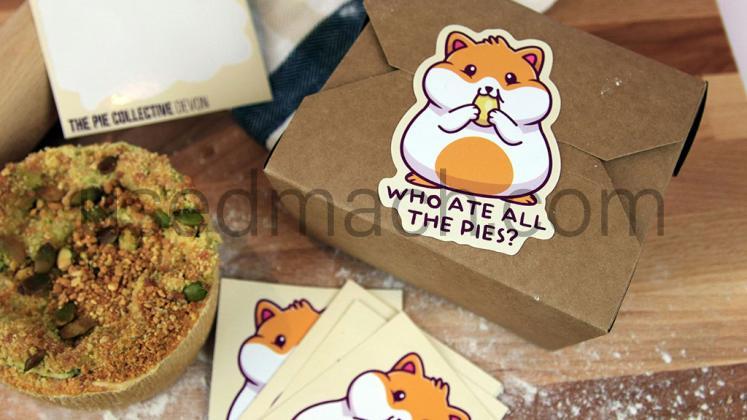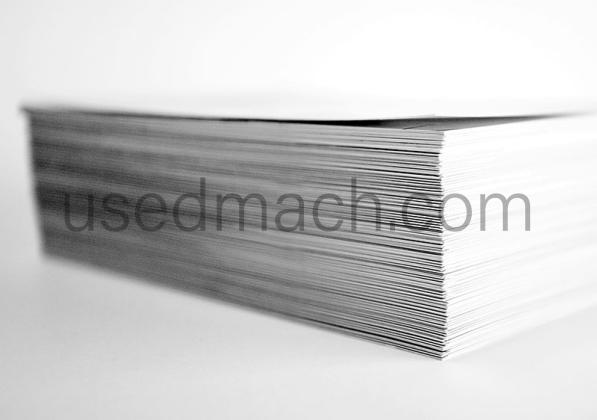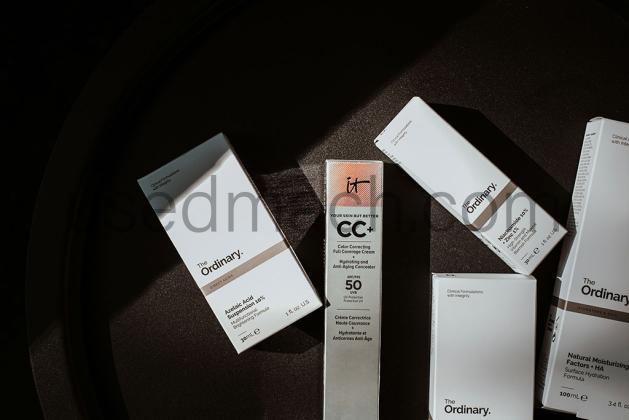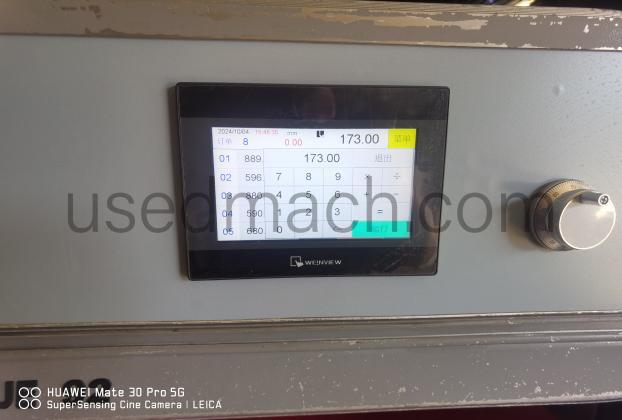The packaging industry is a dynamic and vital sector that is constantly evolving to meet the needs of consumers and businesses. Understanding the price trends of packaging is necessary for stakeholders such as manufacturers, retailers, and end consumers.
Current Status of Packaging Prices
In recent years, packaging prices have experienced significant fluctuations driven by various global and local factors. One of the main drivers is the cost of raw materials.
Materials such as paper, plastic, and aluminum are the basis for packaging production, and their prices have been volatile due to supply chain disruptions, geopolitical tensions, and environmental regulations.
The COVID-19 pandemic has exacerbated these issues, causing supply chain bottlenecks and increasing demand for certain types of packaging, especially in the e-commerce and healthcare sectors. The surge in demand, coupled with limited supply, has led to price increases for various packaging materials.
For example, the cost of corrugated cardboard has soared as online shopping has boomed, while plastic prices have increased due to increased demand for personal protective equipment (PPE) and disposable packaging.
In addition, the industry is also facing increased energy costs, which directly affects manufacturing expenses. The increase in fuel prices has also led to higher transportation costs, further pushing up packaging prices. As a result, companies must deal with these cost increases while striving to maintain profitability and meet customer expectations.
Factors Influencing Future Pricing
Several other factors will continue to influence packaging prices in the coming years. One of the most important is the continued push for sustainability. As consumers and governments become more environmentally conscious, there is a growing demand for eco-friendly packaging solutions. This shift has led to increased investment in research and development for sustainable materials, such as biodegradable plastics and recyclable paper.
While these innovations are essential for reducing environmental impact, they often come with higher production costs, which can translate into higher prices for the end consumer.
Technological advances are also playing a vital role in shaping the future of packaging prices. Automation and digitalization are streamlining production processes, increasing efficiency, and reducing labor costs. However, the initial investment in these technologies can be large, which could lead to short-term price increases. Over time, as these technologies become more widespread and cost-effective, they are expected to stabilize or even reduce packaging costs.
Another factor to consider is the global economic climate. Inflation rates, currency fluctuations, and trade policies can all affect the cost of raw materials and manufacturing. For example, trade tensions between major economies could lead to tariffs and supply chain disruptions, which could affect the supply and price of packaging materials. Monitoring these economic indicators can provide valuable insights into potential price trends in the packaging industry.
Market Demand and Consumer Behavior
The demand for packaging is closely tied to consumer behavior and market trends. The rise of e-commerce has been a major driver of packaging demand, particularly the need for durable and protective materials to ensure products reach consumers in pristine condition.
As online shopping continues to grow, so too has the need for innovative packaging solutions that meet the unique needs of this market.
Consumer preferences for convenience and customization are also influencing packaging trends. Demand for personalized packaging, such as custom labels and unique designs, is on the rise. While these features can increase brand loyalty and customer satisfaction, they can also lead to higher production costs.
Sustainability is another key factor that consumers consider. Eco-conscious shoppers are increasingly looking for products that are minimalistically packaged and recyclable.
Brands that prioritize sustainable packaging can appeal to a growing demographic and thus may command higher prices for their eco-friendly products.
However, balancing sustainability with affordability remains a challenge for many businesses.
Strategies for Managing Packaging Costs
In response to fluctuating packaging prices, businesses are adopting various strategies to manage costs and remain competitive. One approach is to invest in more efficient production methods.
By adopting automation and advanced manufacturing technologies, companies can reduce waste, increase productivity, and lower labor costs. These efficiencies can help offset rising raw material and energy costs.
Another strategy is supplier diversification. Relying on a single supplier for packaging materials can be risky, especially during periods of market volatility.
By building relationships with multiple suppliers, companies can mitigate the impact of supply chain disruptions and negotiate better pricing terms.
Sustainable practices are also becoming a focus for cost management. Implementing recycling programs, reducing material use, and exploring alternative environmentally friendly materials can not only attract environmentally conscious consumers, but also reduce long-term costs.
While the initial investment in sustainable practices may be higher, the potential savings and brand reputation benefits over time may outweigh these costs.
Shaping the Future of Packaging Pricing
The packaging industry is at a crossroads, facing challenges and opportunities in a complex landscape of pricing trends.
The push for sustainability, technological advances, and changing consumer preferences are all shaping the future of packaging pricing.
By understanding these factors and taking a proactive approach, companies can better manage costs and stay ahead in this ever-changing industry. Keeping a close eye on market developments and remaining adaptable will be key to success in the packaging industry.






